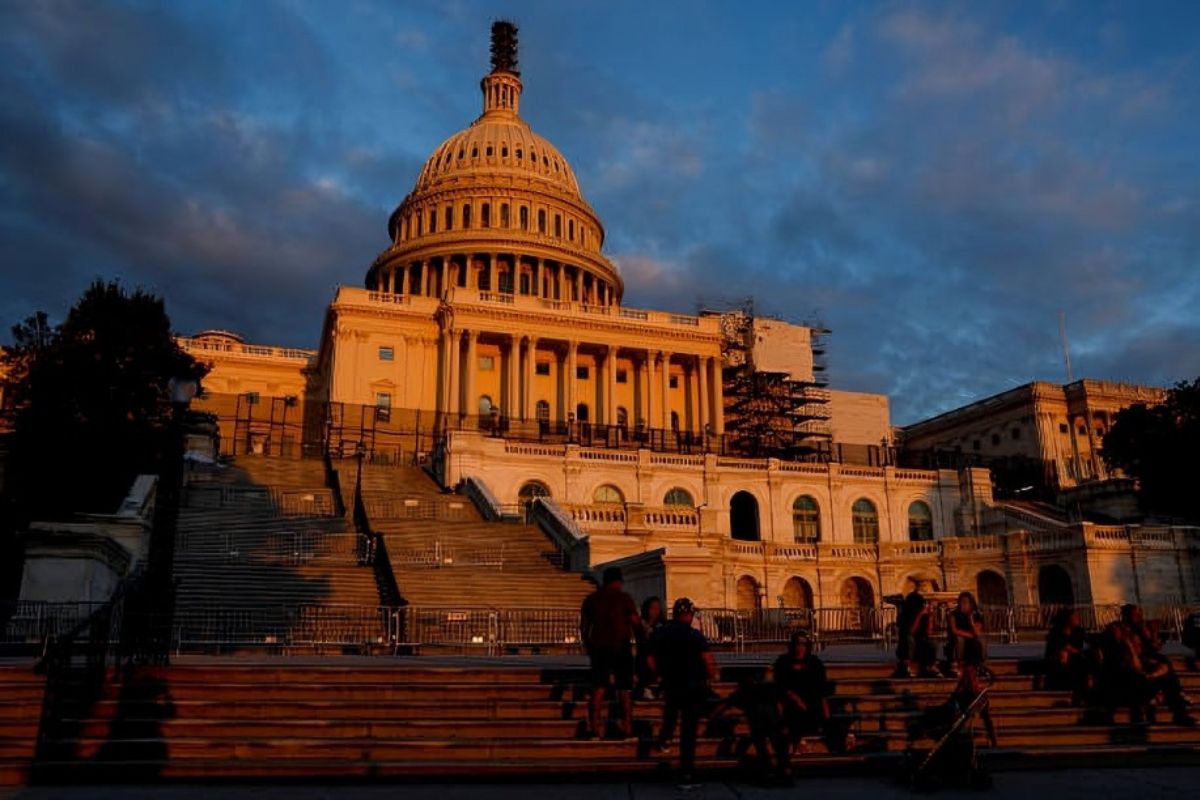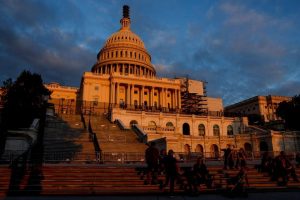US Government Avoids Shutdown with Revised Budget Deal
With a very controversial budget agreement, the United States government has managed to avoid a shutdown. Among the highlighted points of the budget agreement, signed into law by President Joe Biden, is the complex interplay of political strategy, economic necessity, and legislative compromise. The following sections will explore the critical components of the budget agreement, its implications for various sectors, and the implications for the political and economic landscape of the United States.
Key Provisions of the 2025 Budget Agreement
Maintaining Federal Government Shutdown
Operations
The newly passed law has ensured the continued running of federal government agencies until March 14, 2025. The legislators have, for now, provided a temporary relief from the disruption of public services, delayed payment of federal employee cheques, and halted disaster relief efforts that would be brought by closure. This short-term funding is assured.
Disaster Relief and Agricultural Aid
The package provides $100 billion in disaster relief aid, a much-needed stimulus to support recovery efforts for hurricane-ravaged states and other areas hit by natural disasters. Furthermore, $10 billion has been set aside to help farmers reduce the financial stress further compounded by environmental pressures and unstable markets.
Infrastructure Investment
One noteworthy inclusion is the complete federal funding for the reconstruction of Baltimore’s Francis Scott Key Bridge, which sustained calamitous damage as a result of a collision with a cargo ship in March. The broader commitment to fortifying national infrastructure is reflected in this allocation.
Excluded Provisions and Political Tensions
Debt Ceiling Controversy
One of the contentious points that featured in the compromise was a call to vote on an increase in the federal debt ceiling, on which President-elect Donald Trump recently called for a vote; however, that point has fallen off the compromise, while Republican leaders promised that they’ll address this matter in a year from now. To date, the U.S. national debt stands at about $36 trillion, so interest payments exceed national security expenditures; the figures put this matter into even sharper focus, so fiscal reform is indeed urgent.
Removed Democratic Priorities
Some of the Democratic provisions were voted down and out of the final bill include:
Raise for lawmakers since 2009.
Expanding health care to include more people.
Deceptive advertising in the hospitality and events industries.
These eliminations illustrate where the battle lines are drawn between both parties.
Political Dynamics and Leadership Challenges
Republican Unity Under Scrutiny
Republican House Speaker Mike Johnson walked out of negotiations with a list of successes and challenges. Though the speaker did manage to get bipartisan agreement on the budget, controversy over the process from other Republicans threatened his chance to continue in the position past the January vote.
Influence of High-Profile Figures
It further complicated the budget deliberations when it included participation by Elon Musk, the tech magnate, and President-elect Trump. The growing involvement of non-traditional political actors in legislative processes is evidenced by their loud protestations against earlier drafts of the bill.
Broader Implications of the Budget Deal
Economic Impact
A Federal Government Shutdown closure is avoided, thereby mitigating immediate economic risks, such as disruption of federal services and lower consumer confidence. However, the exclusion of long-term fiscal measures, such as dealing with the debt ceiling, delays critical decisions until future sessions of Congress.
Legislative Previews for 2025
The passage of this budget will likely be followed by increased legislative fights in the coming year. President-elect Trump and a Republican-controlled Congress are positioned to enact their policy agenda, and fiscal priorities, social programs, and regulatory reforms will take center stage.
Conclusion
The just-past budget deal resolves some pressing fiscal problems of the United States government, but it also signals an inability to get consensus, reflecting deep divisions within this political system. So even as the Federal Government Shutdown looks like it’s marching on in one direction, that issue and other broader fiscal reforms are going to have people talking in the United States. It is an extraordinary moment: both reflective of the current state of American governance and a harbinger of debates still to come.









